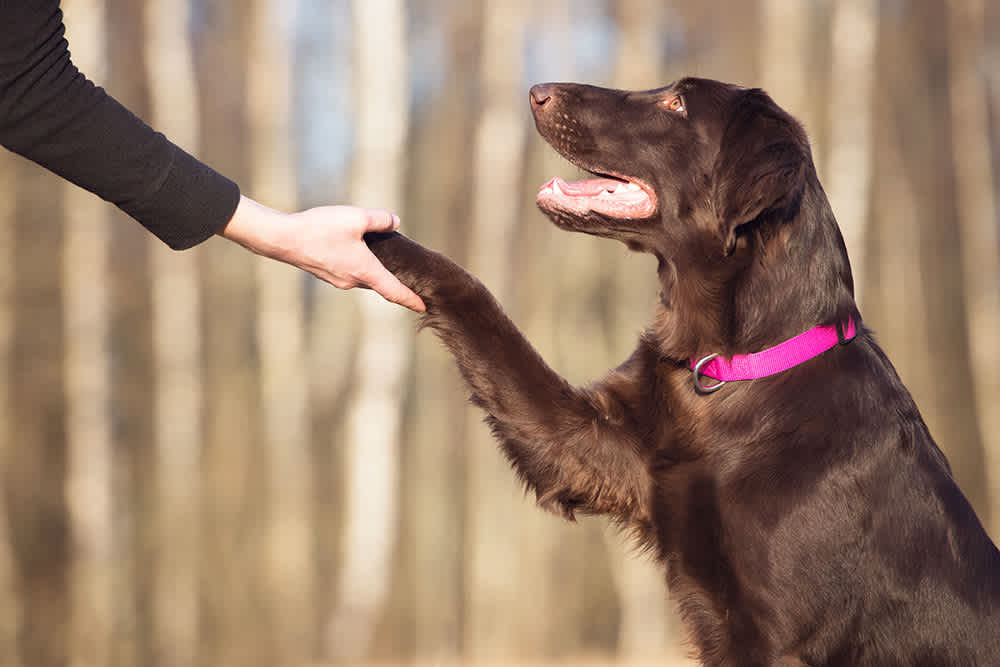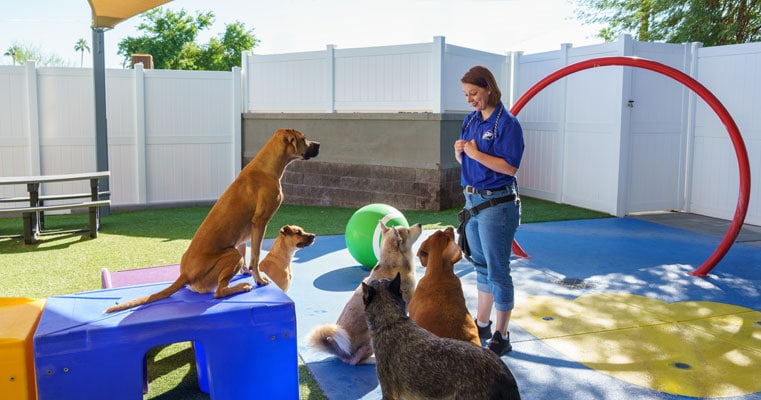Why Consistency is Key in Dog Training for Long-Term Success
Newbie's Guide to Successful Canine Training in the house
Successfully educating a pet in the house needs a nuanced understanding of canine actions and reliable interaction methods. Developing clear training objectives, utilizing premium benefits, and preserving consistency across relative are essential components. Integrating training into day-to-day routines can enhance both interaction and retention. Lots of newbie trainers encounter challenges that may prevent progression. To browse these complexities efficiently, it's vital to discover several vital elements that can transform your approach and lead to an unified relationship with your pet. What essential concepts should every beginner understanding to ensure success?
Understanding Pet Actions
Understanding pet behavior is important for effective training and cultivating an unified partnership between people and their canine friends. Pet dogs interact largely through body movement, vocalizations, and face expressions, making it essential for proprietors to interpret these signals accurately. Recognizing habits such as tail wagging, grumbling, or cowering can offer insights right into a dog's psychological state and intents.

Common behavior issues, such as hostility, stress and anxiety, or too much barking, commonly stem from misconceptions or unmet needs. Observing and resolving these problems promptly can avoid rise and make sure a favorable training experience. By cultivating a deep understanding of dog behavior, owners can tailor their training techniques to match their canine friends, ultimately leading to a mannerly and pleased family pet.
Crucial Educating Tools
A fully equipped training room can considerably boost the efficiency of canine training in your home. Essential training tools ensure that both the canine and the fitness instructor can involve in efficient sessions that cultivate understanding and bonding.

Buying a durable chain and a comfortable, well-fitting collar or harness is crucial for security and control. These devices aid establish borders and ensure the pet dog continues to be safe throughout training. Furthermore, a marked training location, free from disturbances, aids focus for both the canine and the trainer.
Training aids such as training pads, cones, or agility devices can likewise improve the experience by presenting selection and difficulties. Having a note pad or electronic app for tracking progression can be invaluable, enabling you to note successes and areas for renovation. Utilizing these important tools will certainly create a positive training atmosphere and lay the structure for efficient learning.
Producing a Training Routine
Developing a consistent training regimen is important for click here to read effective pet dog training in your home. A well-structured routine not just assists in reinforcing desired behaviors yet also provides your dog with a sense of protection and predictability. To produce an effective training routine, begin by identifying specific training objectives, such as standard commands, chain walking, or house-training.
Select a designated time each day for training sessions, ideally when your pet dog is responsive and sharp. Sessions ought to be short, about 5 to 15 mins, to keep emphasis and protect against tiredness. Consistency in timing and environment will boost your dog's discovering experience.
Include training into daily activities to strengthen skills. For instance, technique commands during walks or nourishment, which integrates learning right into all-natural regimens. Additionally, remain flexible and adjust the regular as essential, fitting your dog's power degrees and state of mind.
Positive Reinforcement Methods
Favorable support strategies are basic to effective dog training, promoting preferred actions through incentives instead of penalty. This method utilizes positive stimuli, such as treats, appreciation, or play, to encourage canines to duplicate certain actions. The cornerstone of this contact form this method is timing; incentives need to be provided promptly adhering to the wanted actions to produce a clear organization.
When carrying out positive support, it is vital to choose benefits that are motivating for your pet. High-value treats, such as small items of hen or cheese, can be especially efficient throughout training sessions. In addition, differing the benefits can keep your pet's passion and interest.
Start with simple commands, like "sit" or "remain," and progressively development to extra complicated jobs. Consistency is vital; make sure that all member of the family utilize the exact same commands and benefit systems to prevent complication.
In addition, it is essential to remain individual and stay clear of aggravation. Pets, like human beings, find out at their own pace. By cultivating a helpful training atmosphere via positive support, you can enhance your pet's learning experience while reinforcing the bond between you and your hairy companion, preparing for successful training end results.
Usual Educating Obstacles
While training a dog in your home can be a gratifying experience, it frequently comes with a collection of typical difficulties that can evaluate both patience and consistency. One prevalent problem is distraction. Canines may become easily averted by noises, motions, or perhaps fragrances in their atmosphere, making it tough to preserve their emphasis throughout training sessions.
One more difficulty is disparity in commands and reinforcement. It can prevent and perplex the pet development if family members utilize different cues or rewards. Establishing a unified technique is crucial for efficient interaction.
In addition, canines can my company experience stress or tension, particularly if they do not recognize what is anticipated of them. This can bring about unfavorable behaviors, such as chewing or barking.
Ultimately, the timing of reinforcement is critical (Dog training). Delayed benefits can reduce the performance of favorable support, as dogs might fall short to connect the behavior with the incentive
Overcoming these obstacles calls for commitment, clear interaction, and an organized training plan. Acknowledging and addressing these common barriers will pave the way for a more successful and satisfying training experience at home.
Conclusion
To conclude, effective pet training in the house demands a detailed understanding of canine behavior and reliable communication strategies. By establishing clear training objectives and using high-grade treats alongside positive reinforcement, the training process ends up being extra rewarding for both the dog and the trainer. Versatility, patience, and uniformity are important parts that help with learning. Ultimately, incorporating training right into everyday regimens boosts the bond in between pet dog and proprietor, making the experience both efficient and enjoyable.
Developing a regular training routine is crucial for reliable pet training at home.Favorable support techniques are essential to efficient pet training, advertising desired habits through incentives instead than penalty (Dog training). By fostering a helpful training environment via positive support, you can improve your pet's knowing experience while reinforcing the bond between you and your furry buddy, laying the foundation for successful training end results
In verdict, successful pet training at home requires an extensive understanding of canine behavior and reliable communication methods. By establishing clear training objectives and using top notch treats along with favorable reinforcement, the training procedure becomes more fulfilling for both the pet and the instructor.